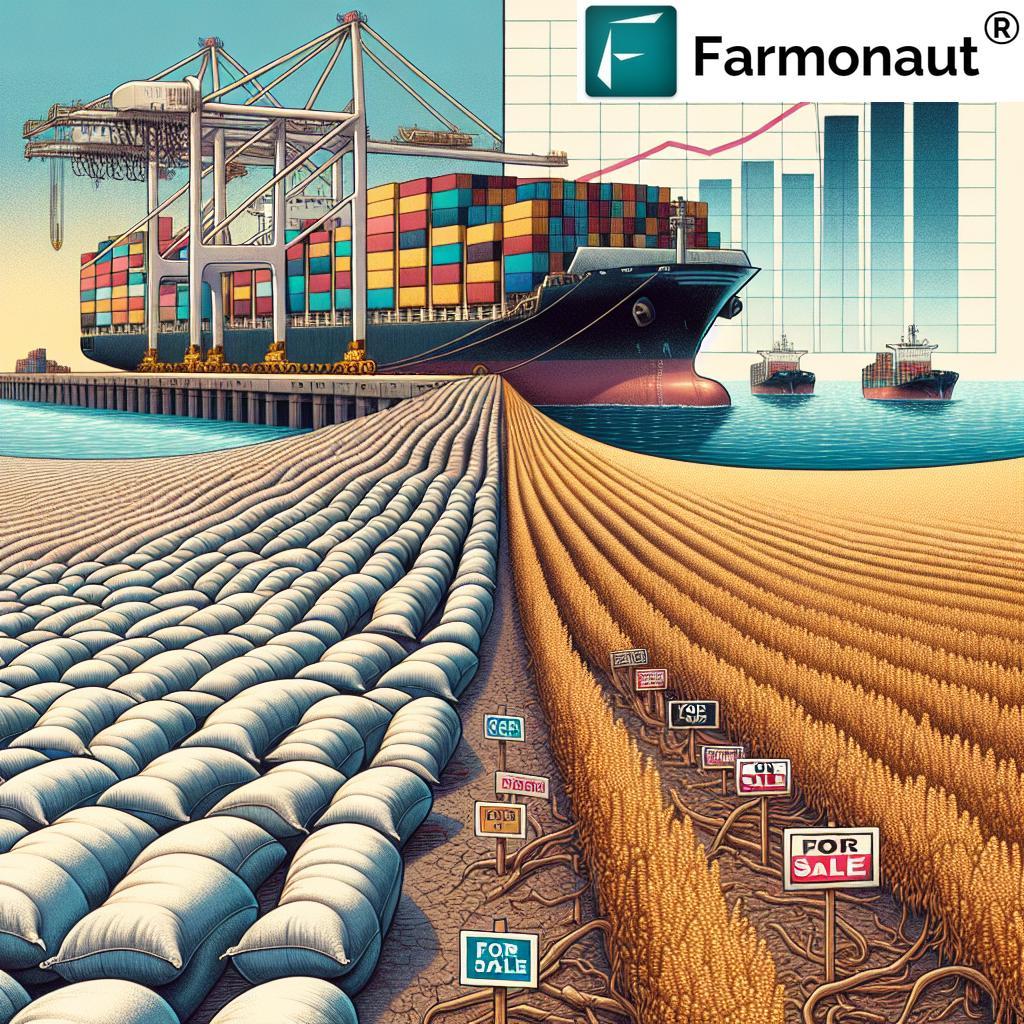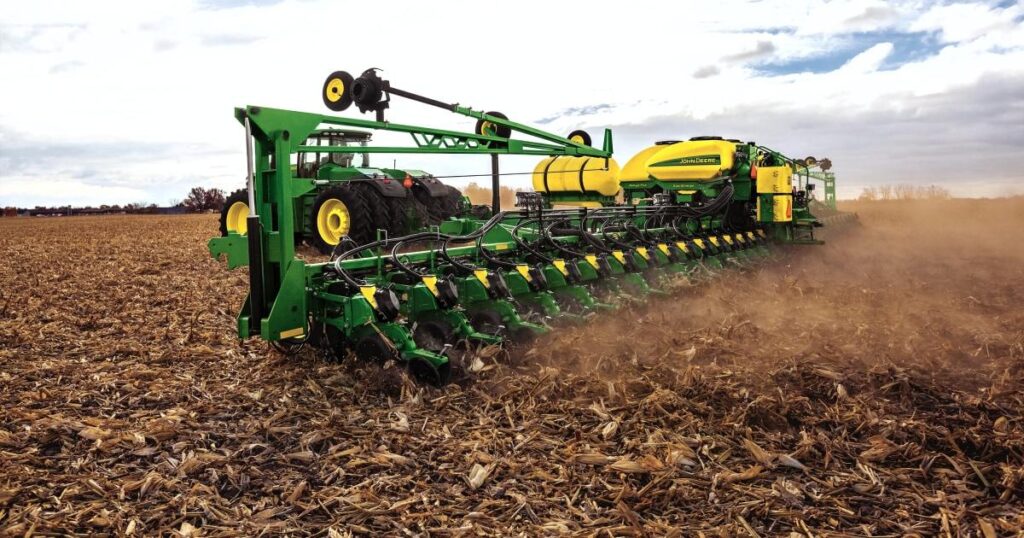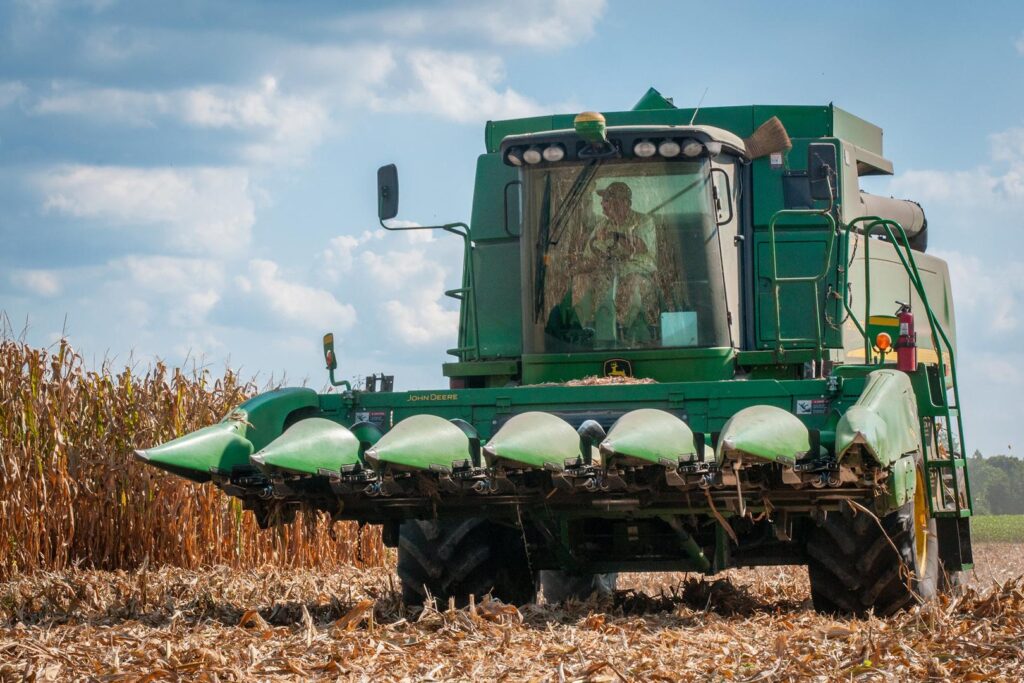Global agricultural equipment manufacturers face mounting challenges as trade disputes between major economies ripple through the farming sector. The ongoing tensions, marked by tariffs and retaliatory measures, have created uncertainty in key markets and disrupted traditional supply chains. As farmers grapple with fluctuating commodity prices and changing export dynamics, equipment makers must navigate a complex landscape that threatens both their production costs and sales prospects. Agricultural equipment manufacturers face mounting pressure as global trade disputes reshape market dynamics and supply chains. Major industry players like John Deere, CNH Industrial, and AGCO corporation navigate increasingly complex international relationships while trying to maintain production schedules and meet farmer demands.
Tariffs on steel and aluminum have significantly impacted manufacturing costs, forcing companies to reassess their pricing strategies and profit margins. these increased expenses frequently enough translate to higher equipment prices for farmers, who themselves struggle with market uncertainties and fluctuating commodity prices.
Chinese retaliatory measures against U.S. agricultural products have created a ripple effect throughout the farming sector. As farmers experience reduced income from exports, their ability to invest in new machinery diminishes. This hesitation in purchasing decisions has led to inventory management challenges for equipment manufacturers and their dealer networks.The situation extends beyond U.S.-China relations. European manufacturers encounter similar challenges as Brexit negotiations influence trade patterns and regulatory compliance requirements. companies must adapt their production and distribution strategies to accommodate these shifting international frameworks.
Supply chain disruptions have prompted manufacturers to diversify their component sourcing and assembly locations. Some companies are relocating production facilities to minimize tariff impacts, while others forge new partnerships with regional suppliers. These adaptations require substantial investment and operational restructuring.
Research and development initiatives face additional scrutiny as companies balance innovation with cost management. Manufacturers must continue developing advanced agricultural technologies while maintaining competitive pricing in an increasingly price-sensitive market.
Dealer networks report varying regional impacts, with some areas experiencing critically important sales declines while others maintain steady demand. This geographic disparity complicates inventory management and financial planning for both manufacturers and distributors.
Employment within the agricultural equipment sector shows signs of strain. Some facilities have reduced production shifts or implemented temporary shutdowns to align output with market demand. Workers face uncertainty as companies evaluate staffing needs against economic conditions.
Industry analysts note that smaller manufacturers often face greater challenges than larger corporations in adapting to trade-related disruptions. Limited financial resources and less diverse product lines make them notably vulnerable to market fluctuations.
Digital agriculture initiatives continue despite economic pressures, as manufacturers recognize the long-term importance of precision farming technologies. Companies maintain investment in these areas while seeking cost efficiencies in traditional product lines.
The agricultural equipment sector’s resilience is tested as it adapts to these trade-related challenges. Success increasingly depends on flexible manufacturing strategies,efficient supply chain management,and careful market positioning. Industry leaders focus on maintaining technological advancement while navigating complex international trade relationships that show no immediate signs of resolution.




